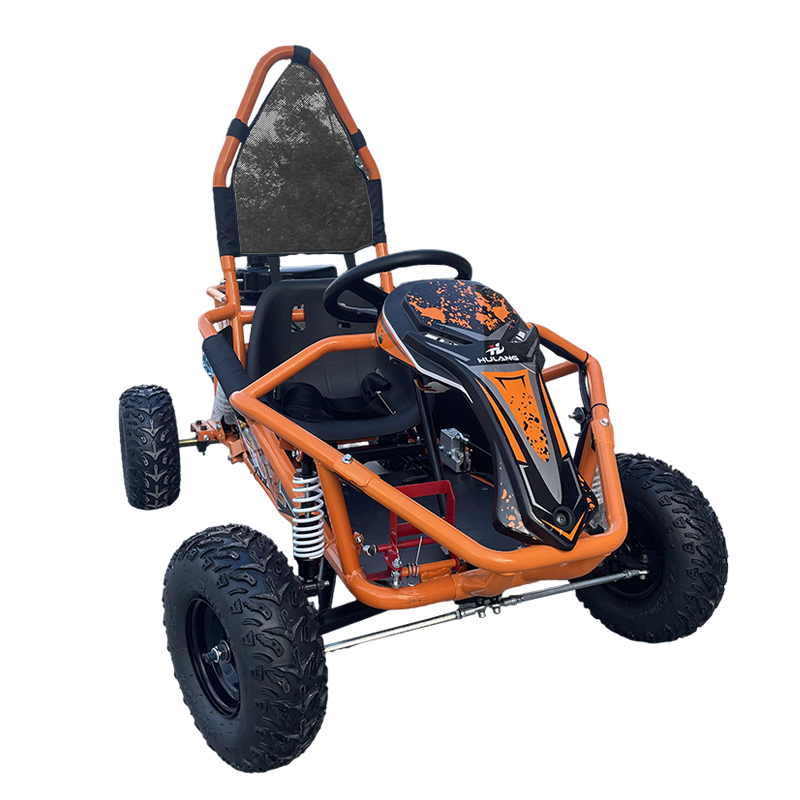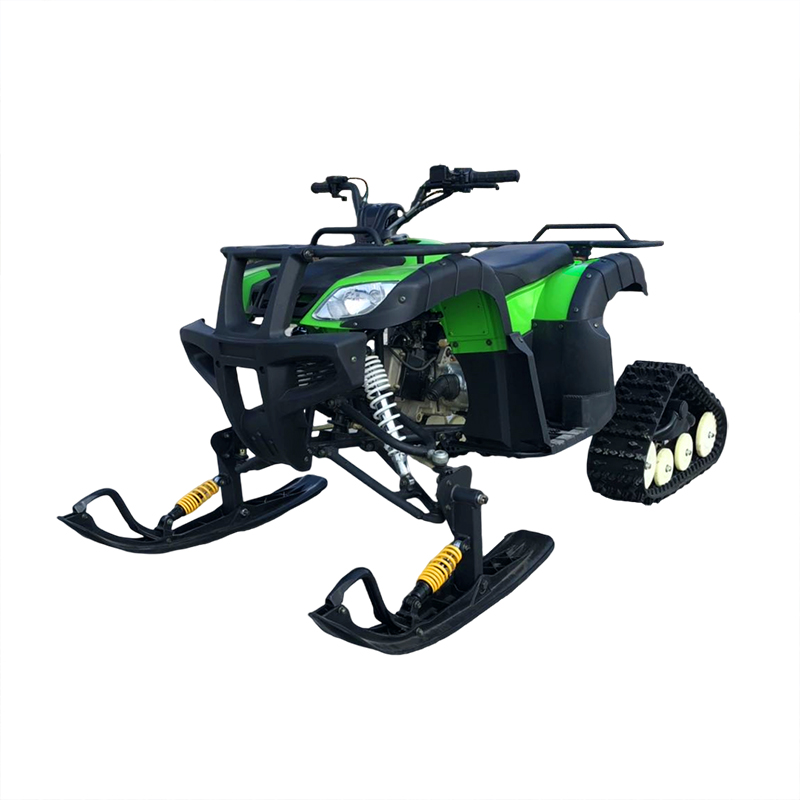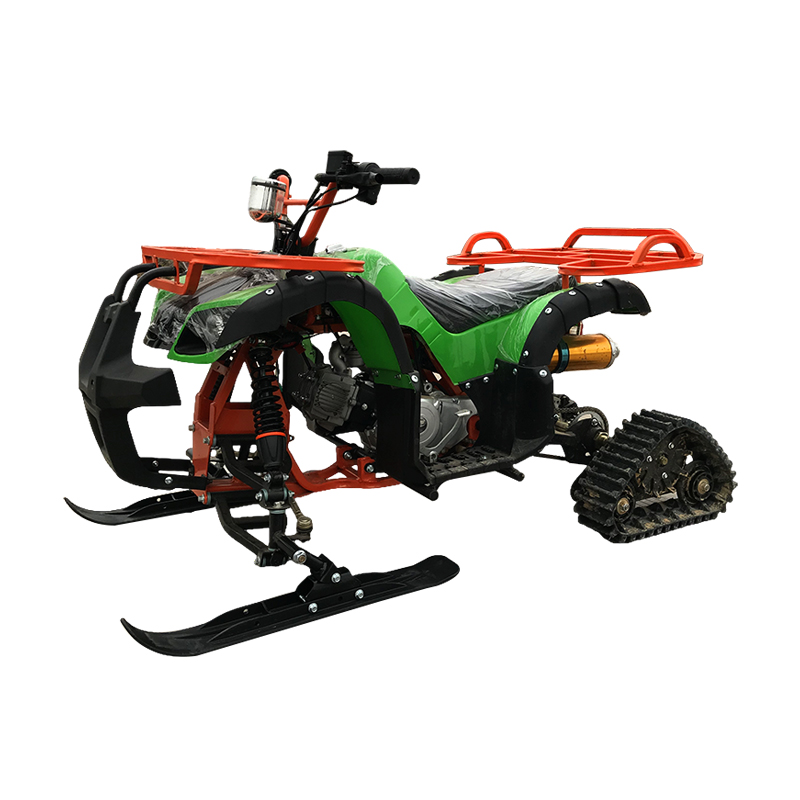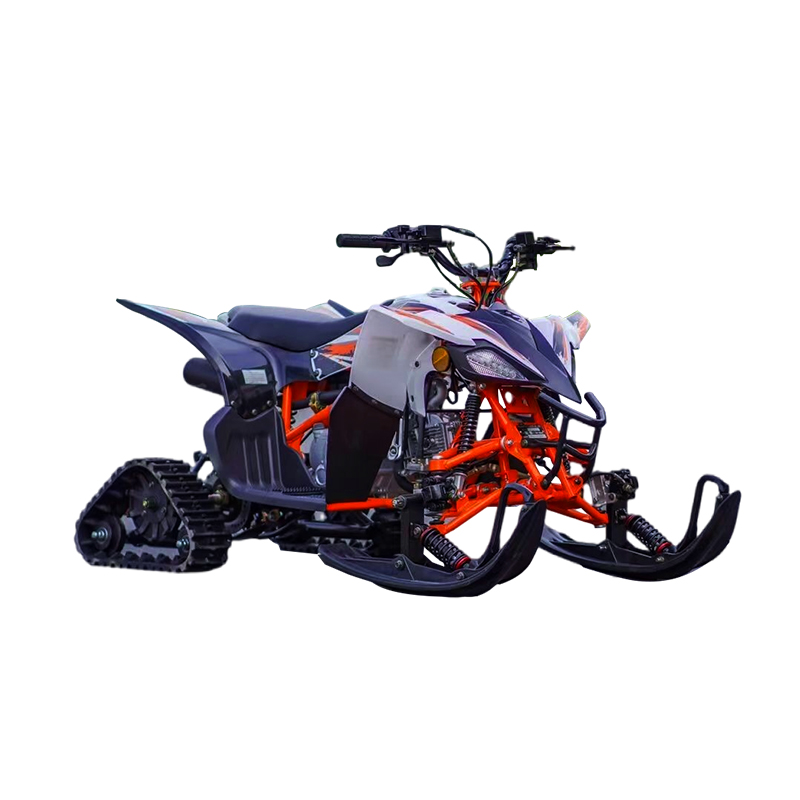The automotive industry is witnessing a notable trend with the growing appreciation for Retro Jeep designs among enthusiasts and casual drivers alike. These distinctive vehicles combine classic styling cues with contemporary engineering, creating a unique segment within the broader automotive market. The appeal of the Retro Jeep aesthetic represents an interesting development in consumer preferences, where historical design elements merge with modern performance expectations to create vehicles that stand apart from conventional offerings.
The design philosophy behind Retro Jeep models typically incorporates signature elements from historical vehicles while integrating current technological features. These vehicles often feature the characteristic upright windshield, round headlights, and slotted grille designs that recall earlier automotive eras. The interior of a well-executed Retro Jeep model might include modern infotainment systems and climate control features within a cabin that echoes simpler automotive times with durable materials and functional layout. Manufacturers developing Retro Jeep concepts must balance authentic styling with contemporary safety standards and performance expectations, creating vehicles that feel both nostalgic and thoroughly modern.
The market presence for Retro Jeep style vehicles spans several distinct consumer segments with different priorities and usage patterns. Automotive enthusiasts are drawn to Retro Jeep models for their distinctive appearance and connection to automotive heritage. Outdoor adventurers appreciate how Retro Jeep designs often maintain the capable off-road performance associated with the brand while offering unique styling. Urban drivers sometimes select Retro Jeep vehicles for their standout appearance in city environments where lots of vehicles follow more conventional design trends. The broad appeal of the Retro Jeep aesthetic demonstrates how historical design elements can find relevance in contemporary markets when properly executed.
Engineering considerations for Retro Jeep models involve unique challenges compared to conventional vehicle development. Design teams working on Retro Jeep concepts must adapt historical design elements to meet current safety regulations regarding crash protection, pedestrian safety, and visibility requirements. The integration of modern powertrain systems within Retro Jeep body designs requires careful packaging to maintain both performance characteristics and aesthetic authenticity. Manufacturing processes for Retro Jeep models often involve specialized tooling and assembly techniques to create the distinctive body shapes and details that define the retro aesthetic while maintaining production efficiency.
The cultural significance of Retro Jeep designs extends beyond simple transportation to encompass lifestyle and identity elements. Owners of Retro Jeep vehicles often participate in dedicated enthusiast communities that celebrate the heritage and distinctive character of these models. Automotive events frequently feature Retro Jeep displays where owners showcase their vehicles and share preservation techniques. Media coverage of Retro Jeep models typically emphasizes their unique position at the intersection of automotive history and contemporary design, highlighting how these vehicles maintain relevance across generations. This cultural dimension contributes to the sustained interest in Retro Jeep styling despite the availability of more conventional vehicle options.
The enduring popularity of Retro Jeep styling suggests that this automotive segment will maintain its presence as the industry continues evolving toward new powertrain technologies and connectivity features. The successful integration of classic design elements with modern automotive engineering demonstrates how automotive heritage can find new expression through thoughtful design and strategic innovation. As consumer interests continue diversifying within the automotive market, Retro Jeep models appear positioned to maintain their distinctive appeal by offering a unique combination of historical character and contemporary capability that resonates with drivers seeking alternatives to conventional vehicle designs.












